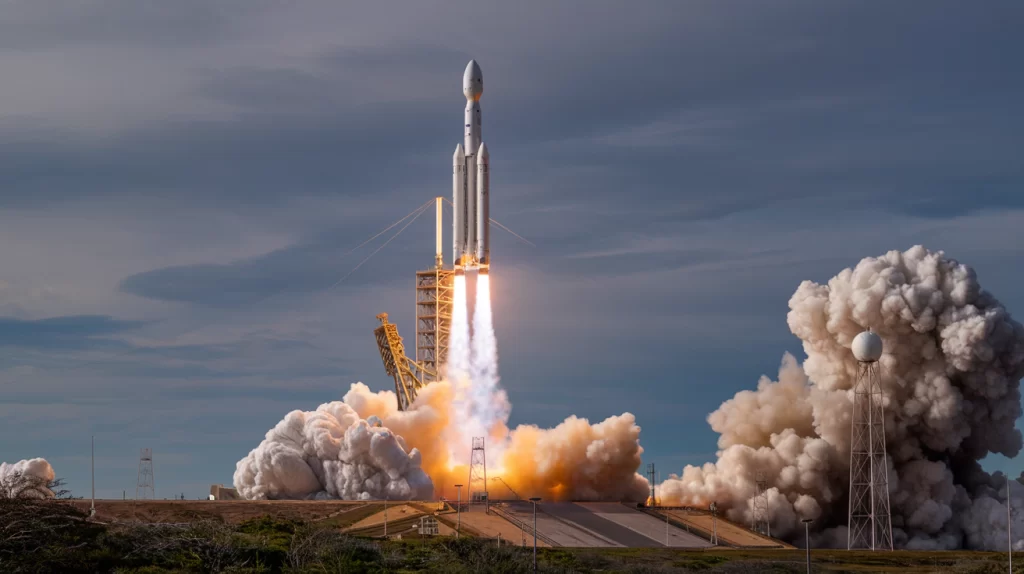The Satellite Propulsion Market is witnessing rapid growth, driven by increasing satellite launches, advancements in propulsion technology, and the rising need for efficient space operations. The market is projected to grow from USD 2.60 billion in 2024 to USD 5.19 billion by 2030, at a CAGR of 12.2%. The demand for orbit correction, station-keeping, and deep-space exploration has led to the development of advanced propulsion systems that enhance satellite longevity and operational efficiency.

Download PDF Brochure @
https://www.marketsandmarkets.com/pdfdownloadNew.asp?id=205639295
Market Drivers and Emerging Trends
- Expansion of Satellite Mega-Constellations
- Companies like SpaceX (Starlink), Amazon (Project Kuiper), and OneWeb are deploying thousands of satellites, requiring efficient propulsion for orbit raising and station-keeping.
- Growth in Earth observation, scientific research, and defense applications is increasing demand for reliable propulsion technologies.
- Shift Toward Electric and Hybrid Propulsion Systems
- Electric propulsion (ion and Hall-effect thrusters) is becoming the preferred choice due to its high fuel efficiency, extended mission life, and cost-effectiveness.
- Hybrid propulsion systems combining chemical and electric technologies offer greater flexibility for long-duration missions and interplanetary travel.
- Growing Emphasis on Space Sustainability
- Rising concerns about space debris and environmental impact are accelerating the development of green propulsion technologies, including non-toxic propellants and plasma propulsion.
- Governments and space agencies like NASA, ESA, and ISRO are implementing regulations to ensure sustainable space operations.
Market Segmentation
- By Platform
- Large Satellites: Dominating the market due to their use in military surveillance, broadband communication, and interplanetary missions.
- Small Satellites (Nanosatellites & Microsatellites): Increasing adoption for low-cost space missions, scientific research, and IoT connectivity.
- By Propulsion Technology
- Electric Propulsion: Gaining traction for low-power, high-efficiency operations, making it ideal for small satellite constellations.
- Chemical Propulsion: Preferred for high-thrust maneuvers and rapid orbital adjustments.
- Hybrid Propulsion: Growing demand for flexible, multi-mission applications.
- By Region
- North America: Leading the market with major players like Boeing, Lockheed Martin, and Northrop Grumman, along with strong government and private sector support.
- Asia-Pacific: Fastest-growing region due to expanding space programs in China, India, and Japan.
- Europe: Focused on sustainable and efficient propulsion technologies through ESA-backed initiatives.
Key Industry Players
Prominent companies in the Satellite Propulsion Market include:
- Northrop Grumman (US)
- Safran SA (France)
- Thales Alenia Space (France)
- L3Harris Technologies (US)
- Airbus (France)
These industry leaders are investing in next-generation propulsion technologies, R&D, and strategic partnerships to maintain their competitive edge.
Ask for Sample Report @
https://www.marketsandmarkets.com/requestsampleNew.asp?id=205639295
Future Outlook
As satellite deployment continues to rise, the demand for efficient, low-cost, and sustainable propulsion solutions will drive market expansion. Advancements in fuel efficiency, miniaturized thrusters, and hybrid systems will shape the future of satellite propulsion, enabling longer missions and reducing operational costs.